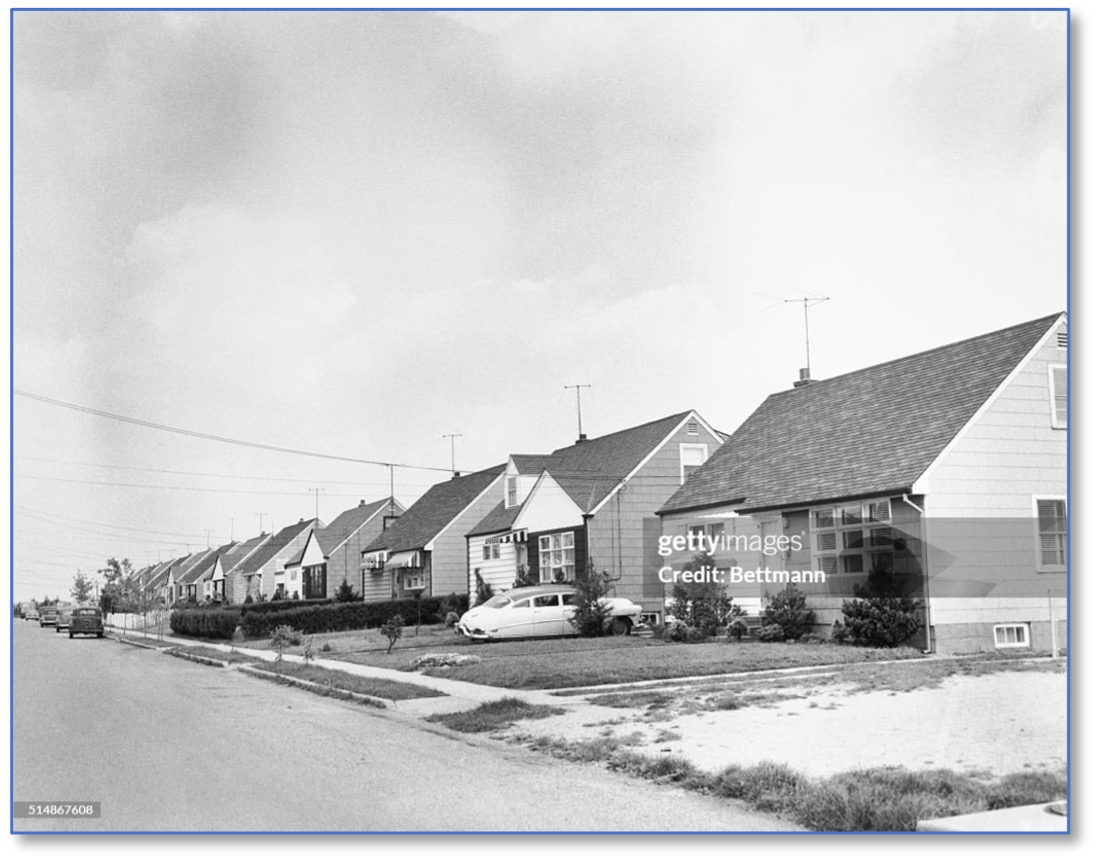- Home
- Social Studies
- Transcontinental Railroad History & Worksheet
Railroads Coast to Coast
On May 10, 1869, two steam locomotives faced each other at Promontory Point, Utah.
One locomotive belonged to the Union Pacific Railroad, which had put down track coming westward from Nebraska. The other locomotive bore the name of the Central Pacific Railroad, which had built eastward from California. The eastbound company employed mostly Chinese workers brought in from abroad just for the job as well as Irish and Mormon laborers. The westbound company employed ragged, rough groups of laborers including ex-soldiers from the two Civil War armies, drunks, and brawlers.
When the two railroads met at Promontory Point in Utah, the final spike, a golden spike, was driven into the track that linked east and west – thus, the first transcontinental railroad in the United Stated was completed. This moment represented a great push across the country and a recognition of the importance of trains for the future of the United States.
During the Civil War, in 1862, Congress and President Lincoln had signed
the Pacific Railway Act, giving the go-ahead for the building of tracks
from ocean to ocean. When this railroad was completed in 1869, the
nation with its population of almost 40 million, was poised for a new
era of movement of goods and people.
Probably nothing else had so great an impact on the developing economy of the newly industrialized United States as the railroads. The vast territory of the USA could then be accessed, and its natural resources could be utilized for the growth of the entire nation.
Questions ~
- How many years did completing the transcontinental railway take?
- Who was the US President when the railway was completed?
- When did other forms of land transportation begin to compete with the railroads?
- In what state would you find the Golden Spike National Historic Park?










